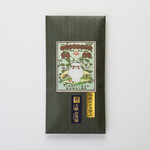
矢部屋許斐本家
yabeyakonomihonke
3.15
Chikugo, Yame Area
「Café」
--
1,000-1,999円
Opening hours: 9:00-18:00 *Not open for coffee shop business at this time. Open on Sunday
Rest time: Closed on odd-numbered Sundays (1st, 3rd, and 5th Sundays)
福岡県八女市本町126
Photos
(20)

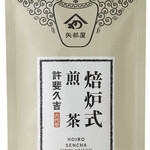
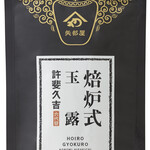
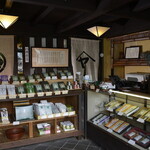
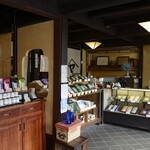
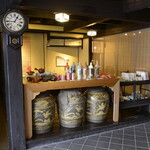
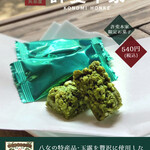
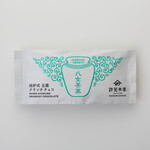

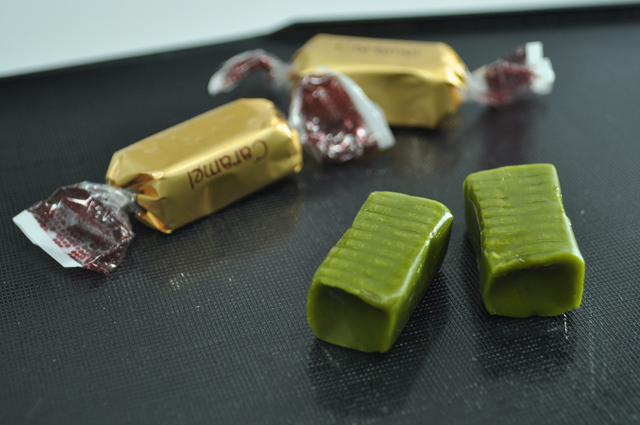
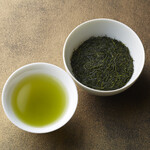
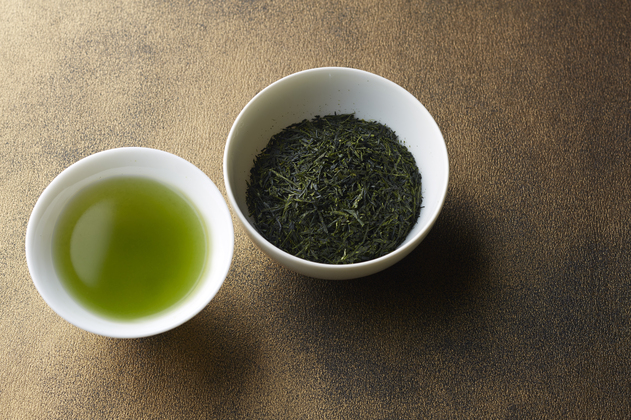
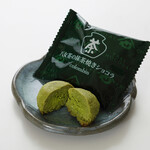
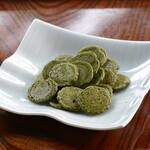
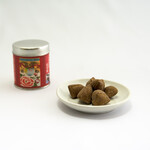
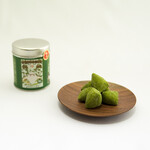
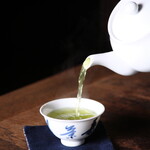
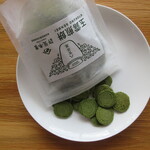
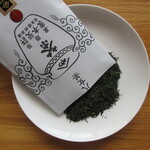
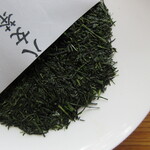
Details
Reservation Info
No Reservations
Payment Method
Credit cards accepted
(VISA, Master, JCB, AMEX, Diners)
Electronic money is not accepted
QR code payment accepted (PayPay, au PAY)
(PayPay, au PAY)
Number of Seats
5 seats
Private Dining Rooms
None
Smoking and Non-Smoking
No smoking at the table
Parking
Yes
Parking lot 1 for 3 cars, parking lot 2 for 3 cars
Facilities
Calm space
Comments
(9)
akii
4.10
Yabe-ya Koi Honke (Konomien) is located at 126 Honmachi, Yame City, Fukuoka Prefecture. It was established during the Edo period in the Hōei era. It originated from Yabe-ya, a mountain produce merchant specializing in tea in Fukushimamachi, Kamitsuma District, Kurume Domain (Chikugo). In 1865, it moved to its current location and opened a specialized tea wholesaler. Taking advantage of the local tea characteristics, they improved their techniques and discovered high-quality tea, naming it "Yame tea". The store is called Yabe-ya Koi Honke, and the company is called Konomien Co., Ltd. The business is currently managed by the 14th generation, 6th successor, Koi Kyukichi. The store is open from 9:00 to 18:00, closed on New Year's Day, the third Sunday of the month (excluding busy periods and events), and other irregular holidays.
On the day after staying at NIPPONIA HOTEL Yame-Fukushima, I visited Yabe-ya Koi Honke. It is located in the center of the Yame-Fukushima Traditional Buildings Preservation District, facing north on the main road, and is a machiya building called "Kurazashiki" built in the late Edo period. A total of seven machiya buildings were built from the late Edo period to 1931, designated as cultural properties of Yame City (2 main buildings, 1 detached parlor, 3 storehouses, 1 tea processing workshop). It is the oldest tea shop in Kyushu as a tea shop. Inside the store, there is a "Koshitsu" tea inspection room, a device for lighting from the top to provide shade from the outside. It was a symbol of a tea wholesaler at that time. Green tea production in Yame started in the late Edo period. Full-scale production began in the late Meiji period to the early Taisho period. By the late Taisho period, green tea production technology had improved, and the prototype of today's Yame tea was completed. Until the late Taisho period, tea in this region was called "Chikugo tea," "Kasahara tea," "Hoshino tea," and other names. The name "Yame tea" started to be used in 1925. The unified name "Yame tea" was proposed by the third generation, Koi Kyukichi, at the product promotion competition tea evaluation section. The name became popular when it was unanimously approved. Since then, "Yame tea" has become one of the finest teas in Japan. Yame is said to be the most suitable land for producing high-quality tea. Both Gyokuro and Sencha have a rich taste, sweetness, and umami components, with Gyokuro boasting the highest quality and quantity in the country. This traditional tea merchant, the oldest in Kyushu, continues to produce and sell high-quality Yame tea, using selected Yame tea from local markets and contract farmers, and commercializing it using traditional techniques and methods. They offer a wide variety of products. When you enter the store, you will see a variety of teas. I was recommended the tea leaves roasted in a roasting furnace. The origin of Yame tea, roasted in a roasting furnace. A traditional method of roasting tea leaves carefully on a sturdy Japanese paper over a charcoal fire. The label design from the Meiji, Taisho, and early Showa eras is still stylish today. It is a traditional and modern heritage design. A plastic tea spoon was included as a service.
- Aged and stored Sencha Special 80g 2000 yen (excluding tax)
The mainstay of Yame tea production, Sencha. Manufactured from the mountains and flatlands of Yame in April and the early summer in May (high-quality Sencha). Stored in a designated cultural property storehouse in Yame over the summer and released after the autumn season. After carefully selecting the raw materials and blending them according to a secret recipe, the tea leaves are roasted one by one in a charcoal roaster by craftsmen. Limited tea that maximizes aging. How to brew delicious Sencha. Use a slightly larger amount of tea leaves (6-7g) and pour 200-250g of water at 70-80 degrees into a teapot. Let it sit for one minute, pour it into a teacup, and squeeze out every last drop. Tea roasted with far-infrared rays has a low astringency, rich sweetness, and umami. A nostalgic and mellow aroma of roasting furnace.



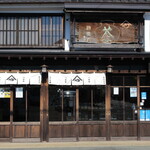
グルメまっちょ
3.50
[Taste] The ochaman outside is soft and has a quite sweet flavor. You can slightly smell the tea aroma. Recommended for those with a sweet tooth.
[Service] They will explain the tea in detail and stay by your side until you finish drinking, so you can chat with them.
[Atmosphere] The building is from the Taisho era, so you can experience the traditional Japanese atmosphere.
[Value for Money] The price is on the higher side due to the special attention to each item.
[Drink] I was surprised the moment I took a sip, "Is this tea!?" I asked. It's a taste I've never experienced before, quite sweet with a rich umami flavor spreading in your mouth. Thank you for the meal!
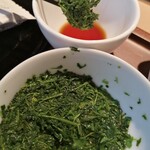
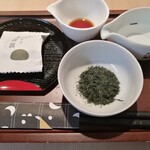

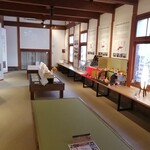
セイマル
3.40
Set of Japanese sweets with Gyokuro and Sencha Gokume. Gyokuro was served in a small cup, three times. The first and second cups were sweet, while the third one had a bitter taste, creating a delicious and interesting change in flavor.
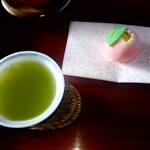
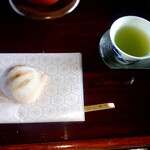
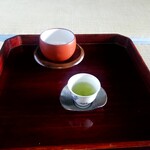
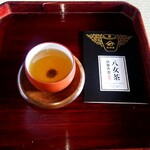
ysasa
0.00
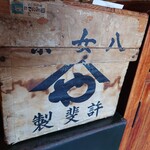
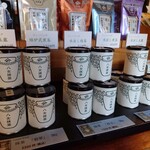
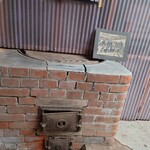
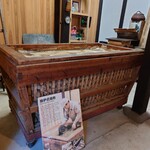
Fisher.Lion
0.00
In November 2016, during the day, my wife bought the Yame tea matcha baked chocolate for 1000 yen (excluding tax) when passing by Yame. Yame is famous in Kyushu for its tea. The snack is also well-known, although I'm not sure if it's more popular in Tokyo or locally. Upon tasting it, I thought it had a Tokyo-like flavor. The snack comes in a pack of 12 small pieces. It has a crispy texture at first, then quickly melts in the mouth with a slight matcha and chocolate flavor. The matcha flavor is good, but a bit subtle for me. It has a macaron-like texture with a moderate level of sweetness. By Tokyo standards, it may be considered slightly sweet. It's not a heavy snack, but rather elegant. In Tokyo, snacks that melt in the mouth are popular, and this one fits that trend. It might be fresh if eaten in the countryside, but in Tokyo, it's just average if you're used to such snacks. That's the overall impression.
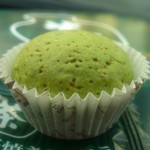
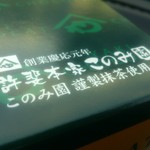
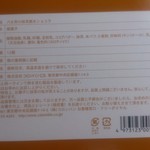
ゴクチュウ酒記
3.00
Solo motorcycle trip to Yame. On the second day, I explored the white wall area in Fukushima. Near Fukushima Shrine, there is a tea house called "Konomi-en" in a very old building. It's quite impressive. I had a cup of tea and relaxed. I heard that the building dates back to the Edo period. Amazing, right? As a souvenir, I bought green tea and black tea, each with a tea spoon included. Very thoughtful. Yame is a great town, but tourism doesn't seem to be thriving. I hope they keep working hard.● Shop InformationKonomi-en0943-24-2020Honmachi 126, Yame CityBusiness hours: 09:00-18:00
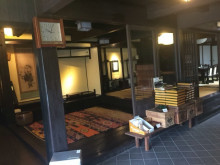
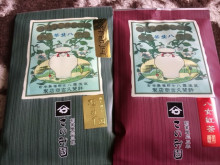
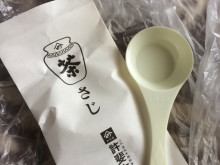
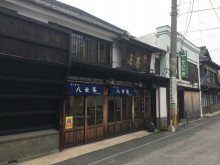
トテチータ
3.80
In early May, I received a gift from a young colleague at work. When I opened it, I found a chocolate that had a crispy surface, followed by a moist texture inside. The chocolate melted in my mouth instantly, leaving a lingering rich matcha flavor. The combination of texture and flavor would be irresistible for matcha lovers. I recommend trying it at least once. Thank you for the treat.
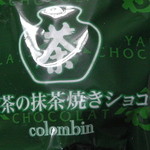
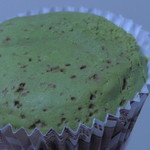
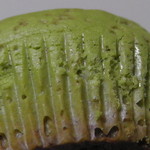
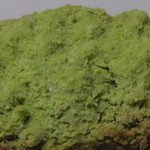
セシモテレビ
4.50
Established in 1865, this long-established shop is known as the creator of Yame tea. It has a gallery in a traditional house dating back to the Edo period, where they sell tea and related products. One of its unique features is the "viewing room," a tea tasting room. The shop's exterior, symbolizing the trade of tea, and its stylish interior create a cozy and appealing atmosphere. Yame tea is known for its sweetness and easy drinkability. The shelves are filled with packages of tea leaves, including black tea. They also sell sweets made with Yame tea, making it a perfect stop for purchasing souvenirs during your travels. The "Matcha Taste Choco Sand" I bought as a souvenir is made with Yame-grown matcha. It is a delicious treat with a sweet matcha cream sandwiched between wafer cookies. The individually sold "Matcha Baked Chocolates" are light and airy, with chocolate blending smoothly into the dough for a delightful taste. This shop, with its rich history, has so many attractions that can't all be described. The store's website features photos of the interior, which are enjoyable to look at.
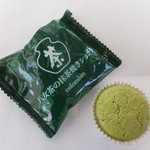
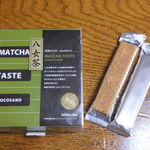
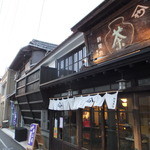
hisa19670320
4.50
★The oldest tea shop in Kyushu★ Established in 1710.
Email Login